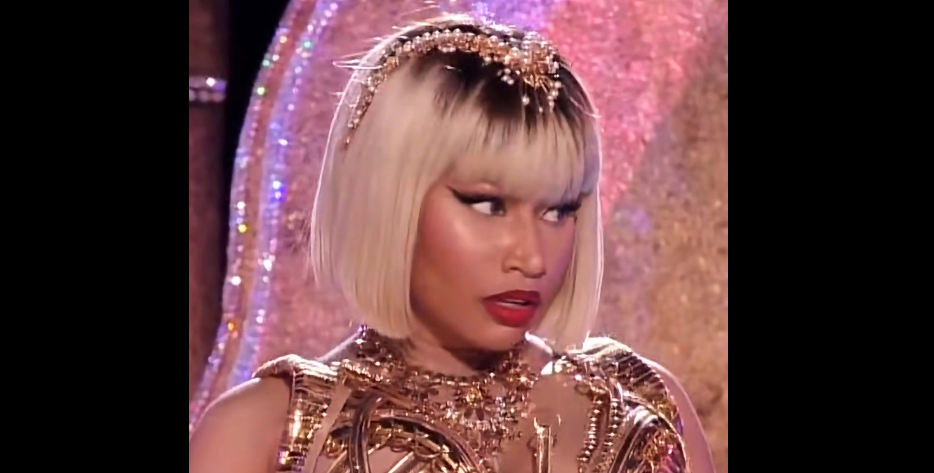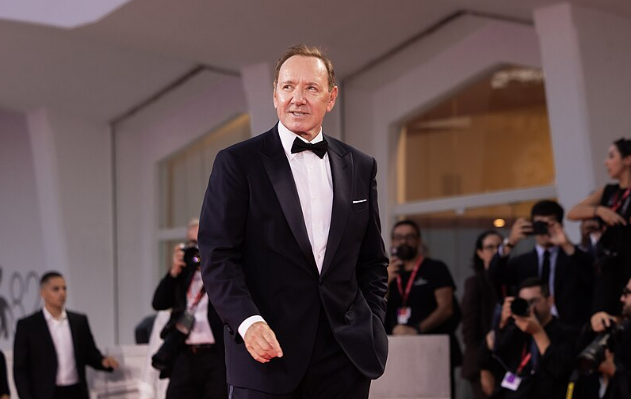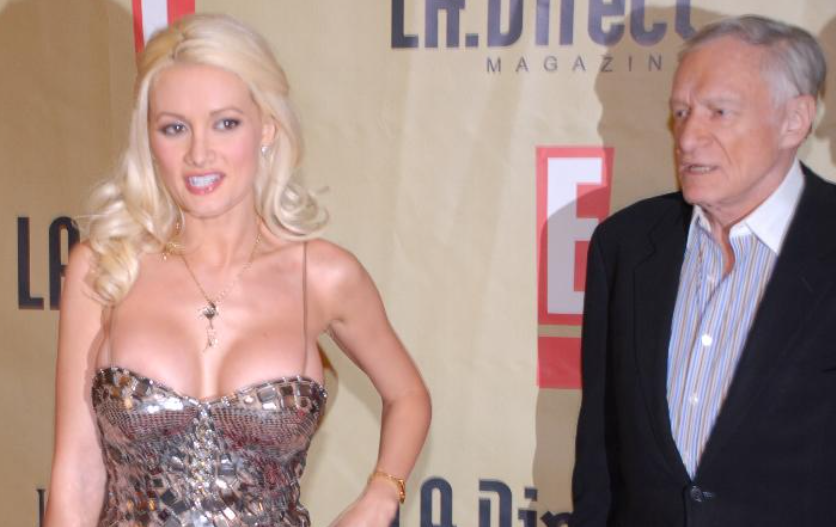10+ Weird Facts About “The Shining” You Didn’t Know
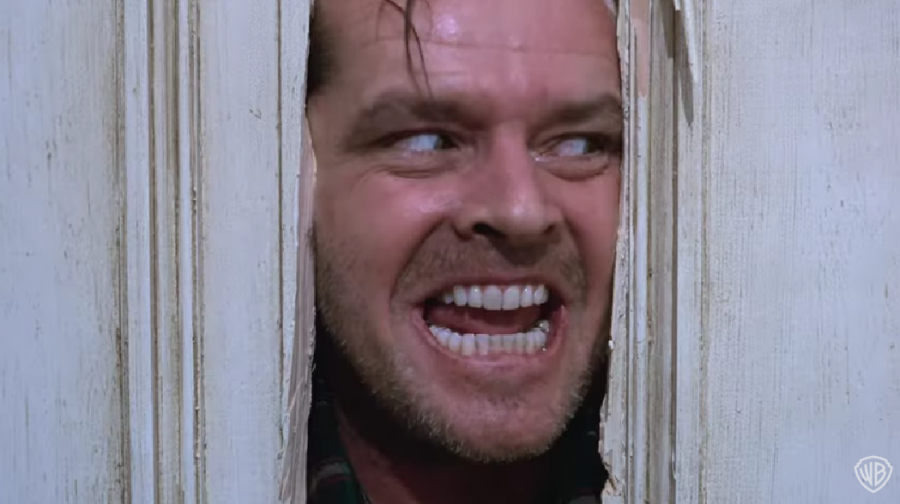
©️ Warner Bros. Entertainment / YouTube
“The Shining,” directed by Stanley Kubrick and based on Stephen King’s novel, has captivated audiences with its chilling atmosphere and intricate storytelling.
While many fans are familiar with its iconic scenes and unforgettable performances, there are plenty of weird and fascinating facts that might surprise even the most dedicated fans.
Here are 15 weird facts about “The Shining” that highlight its unique production and legacy.
The Most Unusual Facts About “The Shining”
These strange facts about “The Shining” will make your skin crawl!
1. The Overlook Hotel is a Real Place… Sort Of
The Overlook Hotel, the central setting of “The Shining,” is a fictional creation, yet it draws inspiration from the real Stanley Hotel in Estes Park, Colorado.
Kubrick and his crew visited the Stanley Hotel to capture its haunting atmosphere. The hotel, with its expansive grounds and ominous views, was essential for portraying the isolation felt by the Torrance family.
Interestingly, the Stanley Hotel has its own reputation for being haunted, adding an additional layer of authenticity and eeriness to the film’s setting. Today, the hotel offers ghost tours, celebrating its connection to both Stephen King and Kubrick’s masterpieces.
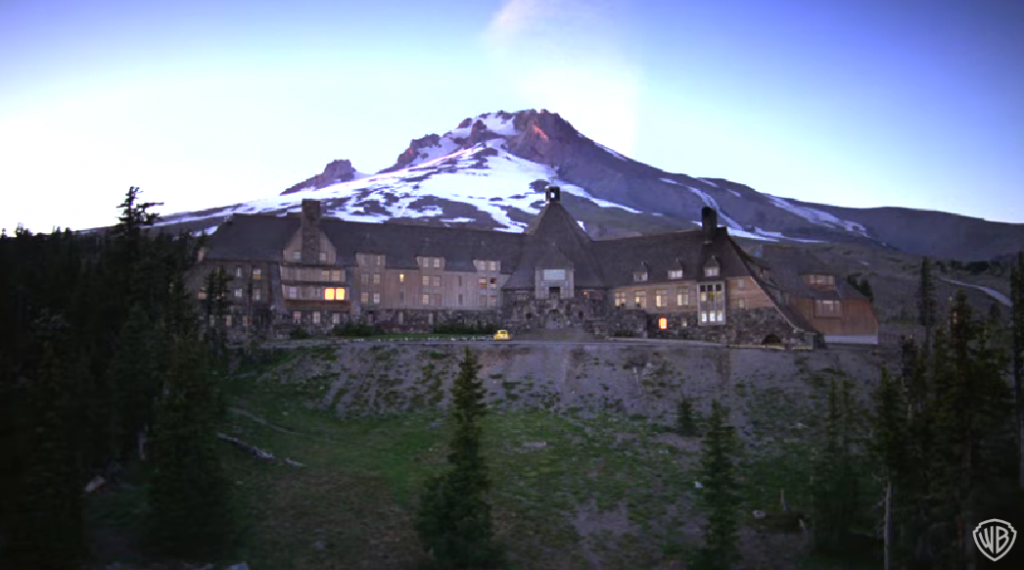
2. The Famous “Here’s Johnny!” Scene
One of the most iconic moments in “The Shining” occurs when Jack Nicholson breaks through the door with an axe and shouts, “Here’s Johnny!”
This line was not part of the original script; Nicholson improvised it, inspired by Ed McMahon’s introduction for Johnny Carson on “The Tonight Show.”
This spontaneous moment not only showcases Nicholson’s talent but also adds a touch of humor amidst the horror, making the scene even more memorable. The improvisation became a defining moment in film history, illustrating how a spontaneous idea can elevate a scene to legendary status and contribute to the film’s cultural impact.
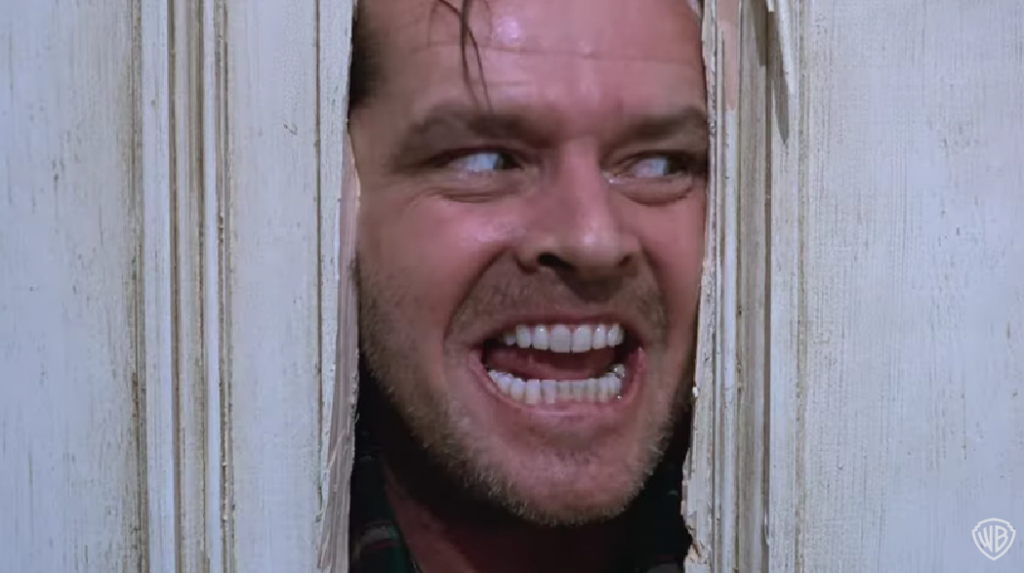
3. A Real Ghost Story
While filming “The Shining,” many crew members reported experiencing strange occurrences on set, fueling rumors that the hotel was haunted.
They reported unexplained noises, equipment malfunctions, and even sightings of apparitions in the hotel set. These eerie events contributed to the film’s chilling atmosphere and added to the psychological tension experienced by the cast and crew.
This blend of fiction and potential supernatural elements has led fans to wonder whether the Overlook Hotel itself holds secrets that echo the film’s themes of madness and isolation, further intertwining the film’s narrative with real-life mysteries.
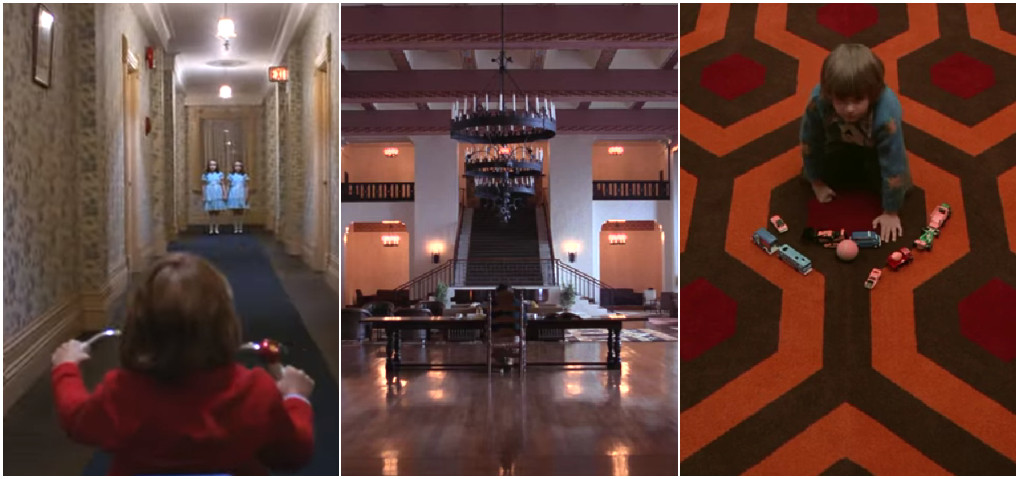
4. Shelly Duvall’s Hair
Shelly Duvall’s portrayal of Wendy Torrance required a dramatic transformation, particularly concerning her hair.
To achieve the desired look of a stressed and frazzled mother under extreme duress, her hair was intentionally damaged through harsh treatments, resulting in a frizzy and unkempt appearance. This decision was made to reflect Wendy’s deteriorating mental state as the story progresses.
Duvall’s commitment to her character was evident, as she embraced the physical and emotional demands of the role. The distinctive look not only added to the authenticity of her performance but also contributed to the film’s overall unsettling aesthetic.
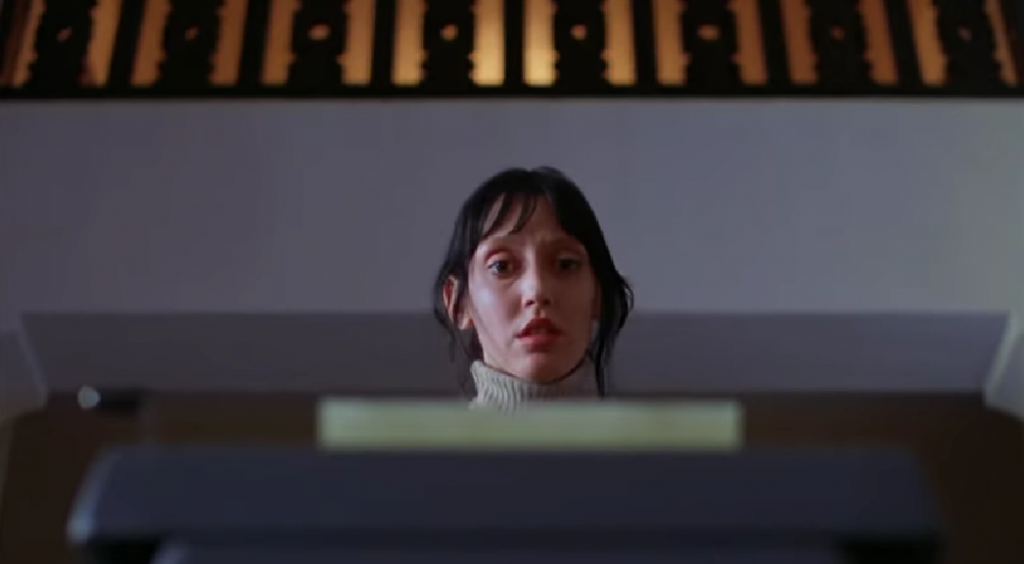
5. A Record-Breaking Take
The emotional confrontation between Jack and Wendy, featuring Nicholson’s infamous yelling, was filmed a staggering 127 times, setting a record for the most takes for a single scene in cinematic history.
Stanley Kubrick’s insistence on perfection pushed the actors to deliver varied performances, exploring different emotional depths in each take. This extreme repetition was particularly taxing on Shelly Duvall, who found the process exhausting and emotionally draining.
However, the resulting performance from both actors encapsulated the film’s intense psychological tension, showcasing how dedicated directing can lead to unforgettable moments that resonate with audiences long after viewing.

6. The Use of Color
Kubrick’s masterful use of color in “The Shining” serves as a powerful storytelling device.
Each color is carefully chosen to convey specific emotions and themes. For instance, red often signifies danger and violence, notably seen in the blood pouring from the elevator, while blue tends to evoke feelings of calm and serenity, creating a stark contrast before chaos erupts.
This deliberate color palette enhances the film’s psychological depth and guides the audience’s emotional responses. The strategic use of color not only beautifies the visual composition but also deepens the unsettling atmosphere that permeates the film.
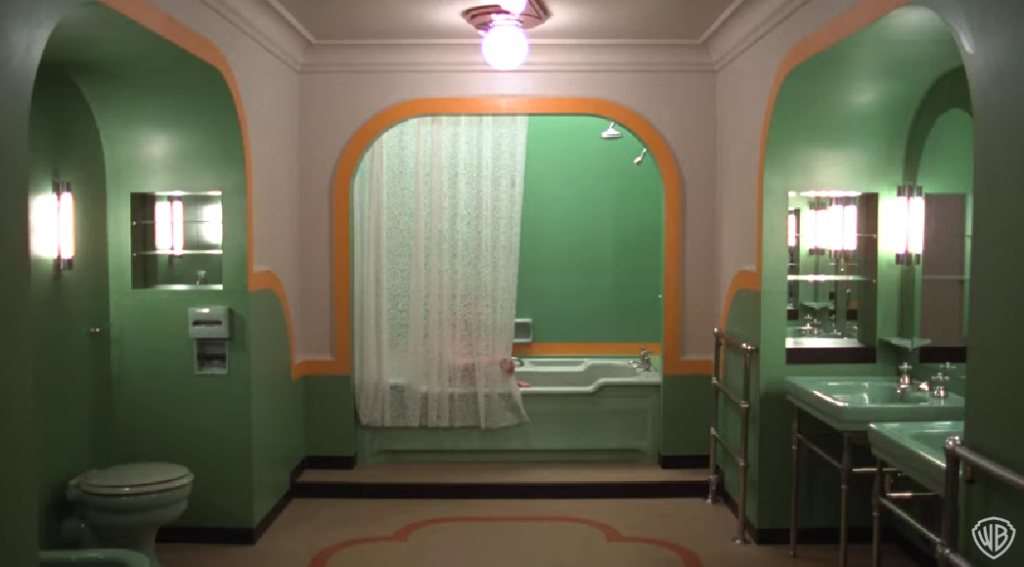
7. The Mysterious Room 237
Room 237 is one of the film’s most pivotal and enigmatic elements, representing the dark secrets of the Overlook Hotel.
Initially based on Room 217 at the Stanley Hotel, the name was changed at the hotel’s request to avoid any negative associations. This mysterious room becomes a site of horror, symbolizing repressed trauma and madness. Its significance has sparked numerous theories among fans and critics, adding layers of intrigue to the film’s narrative.
Room 237’s haunting allure draws viewers into a deeper exploration of the psychological and supernatural elements that define the story’s chilling atmosphere.
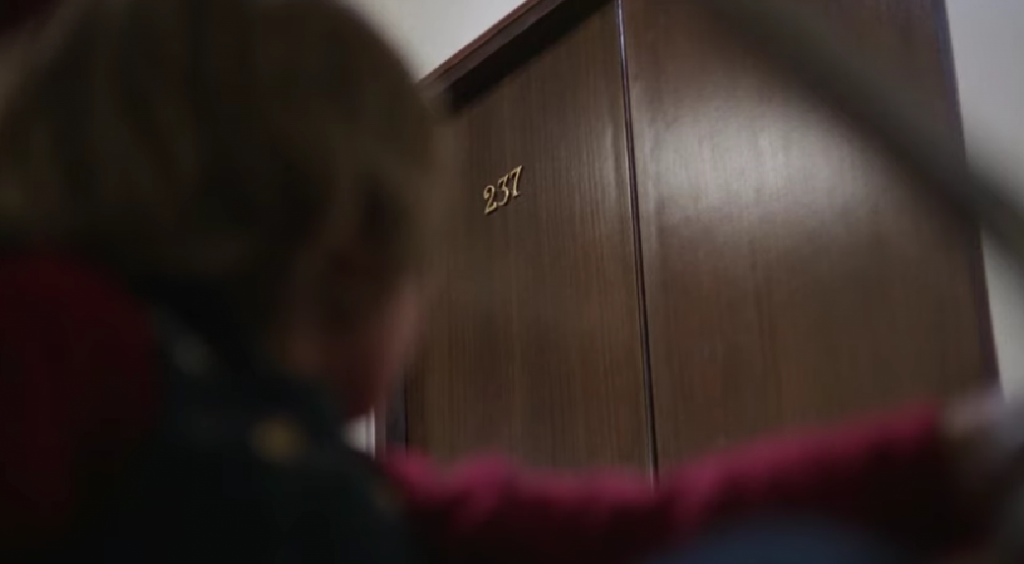
8. The Twins Were Not Twins
The haunting Grady twins in “The Shining” are often mistaken for actual twins, but they are portrayed by two different actresses, Lisa and Louise Burns.
Their performances, combined with clever camera angles and editing, create the illusion of identical siblings. This choice adds to the eerie and unsettling nature of their characters, enhancing the film’s horror elements.
The twins’ ghostly appearances and haunting dialogue leave a lasting impression on viewers, making them some of the most iconic figures in horror cinema.
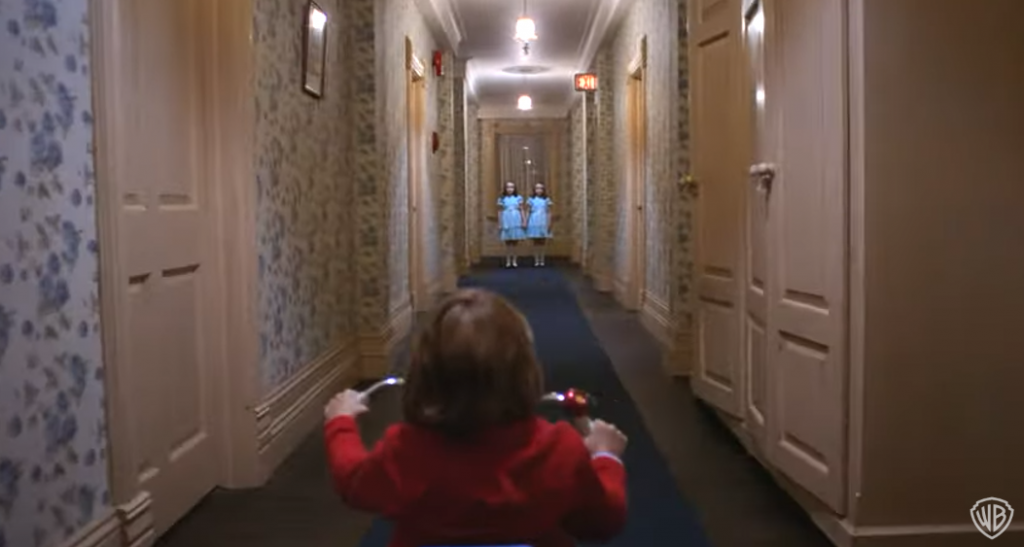
9. The Symbolism of the Maze
The hedge maze in “The Shining” is not merely a physical structure; it symbolizes Jack Torrance’s descent into madness and the labyrinth of his mind.
The maze reflects themes of entrapment and confusion, mirroring Jack’s spiraling mental state as he becomes increasingly unhinged. Its design contributes to the film’s psychological tension, visually representing the characters’ struggles against isolation and fear.
As Jack navigates the maze, it becomes a metaphor for his internal chaos, ultimately leading to his confrontation with Wendy and his own deteriorating sanity. The maze’s ominous presence underscores the film’s exploration of psychological horror.
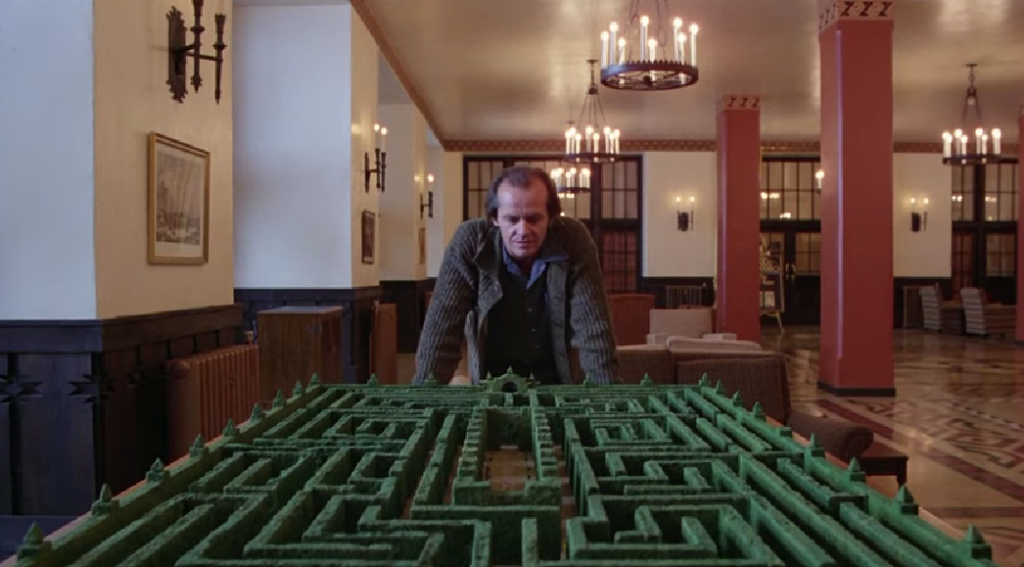
10. The Number 237
Throughout “The Shining,” the number 237 appears frequently, a fact sparking curiosity and speculation among fans.
Some believe it references the distance from the Stanley Hotel to the Overlook Hotel, which is 237 miles. Others interpret it as a representation of isolation and fear, reflecting the film’s themes of madness. The choice of this specific number has fueled numerous theories. It is a subject of discussion among film scholars and enthusiasts. This enigmatic detail adds depth to the story, inviting viewers to ponder its significance and contributing to the film’s lasting intrigue and legacy in horror cinema.
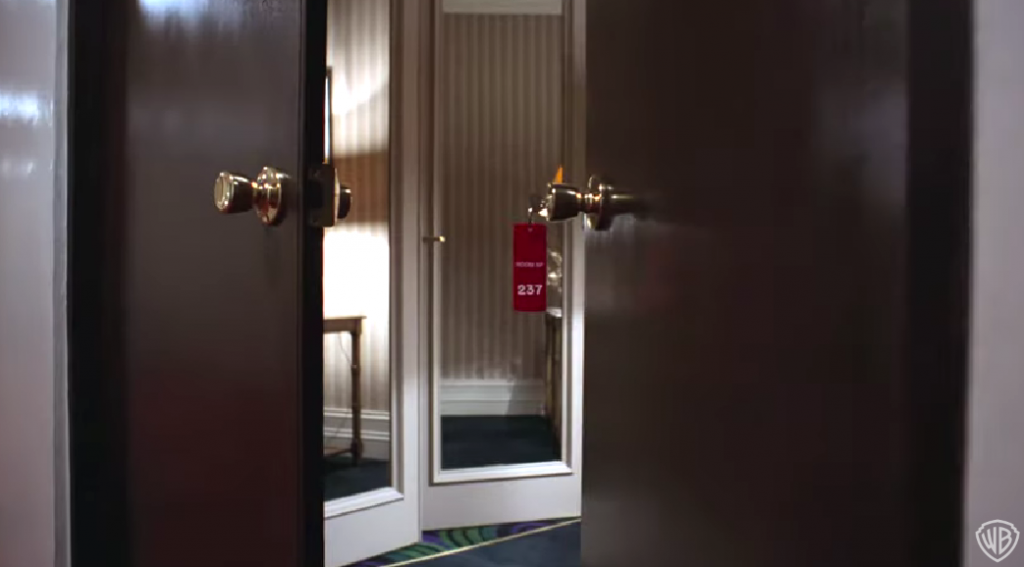
11. An Unusual Casting Choice
Interestingly, Jack Nicholson was not Stanley Kubrick’s first choice for the role of Jack Torrance.
Initially, actors such as Robert De Niro and Al Pacino were considered for the part. However, Kubrick ultimately settled on Nicholson, recognizing his unique ability to portray complex and intense characters.
Nicholson’s prior work in films like “One Flew Over the Cuckoo’s Nest” showcased his talent for delving into psychological depth, making him a perfect fit for the role. His iconic performance not only defined the character but also solidified his status as a legendary actor in the horror genre and beyond.
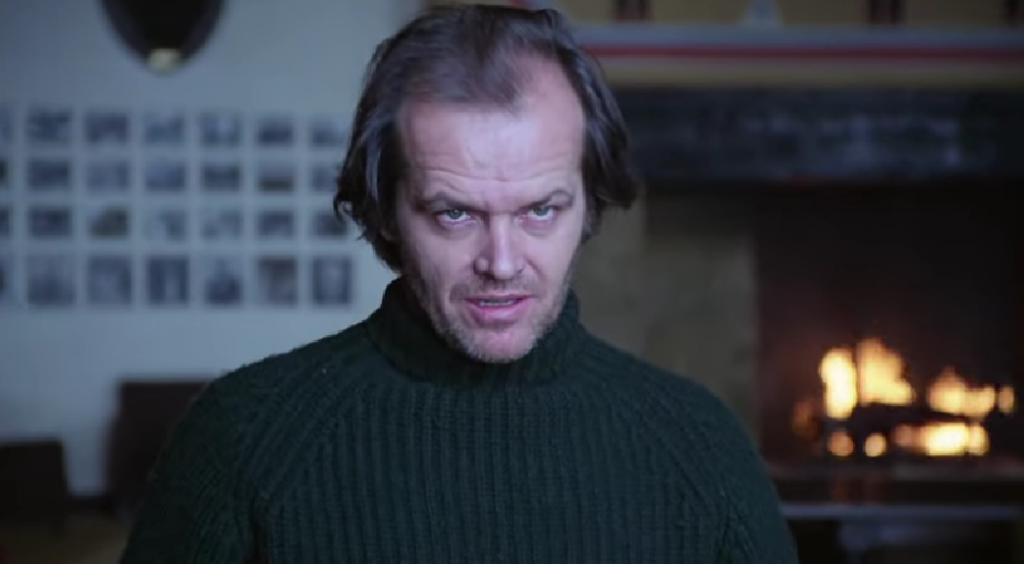
12. The Soundtrack is Disturbing
The soundtrack of “The Shining” plays a crucial role in establishing the film’s haunting atmosphere.
Kubrick employed a mix of unsettling sound effects and contemporary classical music, enhancing the tension and unease throughout the film. The score includes pieces from composers like György Ligeti and Bela Bartók, which evoke feelings of dread and anxiety.
These sound choices complement the visuals, amplifying the psychological horror and immersing the audience in the Torrance family’s escalating nightmare. The chilling soundscape remains one of the most memorable aspects of the film, leaving a lasting impact on viewers.
Thibault LHRB / YouTube
13. The Endless Walk
In one of the film’s most iconic sequences, Jack Nicholson’s character wanders through the Overlook Hotel’s seemingly endless corridors.
The set design cleverly creates an illusion of infinite space, enhancing the feeling of disorientation and entrapment. This visual trickery mirrors Jack’s psychological unraveling. As a result, he becomes increasingly lost in both the physical and mental labyrinth of the hotel.
The intricate layout of the hotel contributes to the film’s atmosphere of isolation, making the audience feel the characters’ growing sense of dread. This clever use of space is a testament to Kubrick’s meticulous attention to detail in filmmaking.
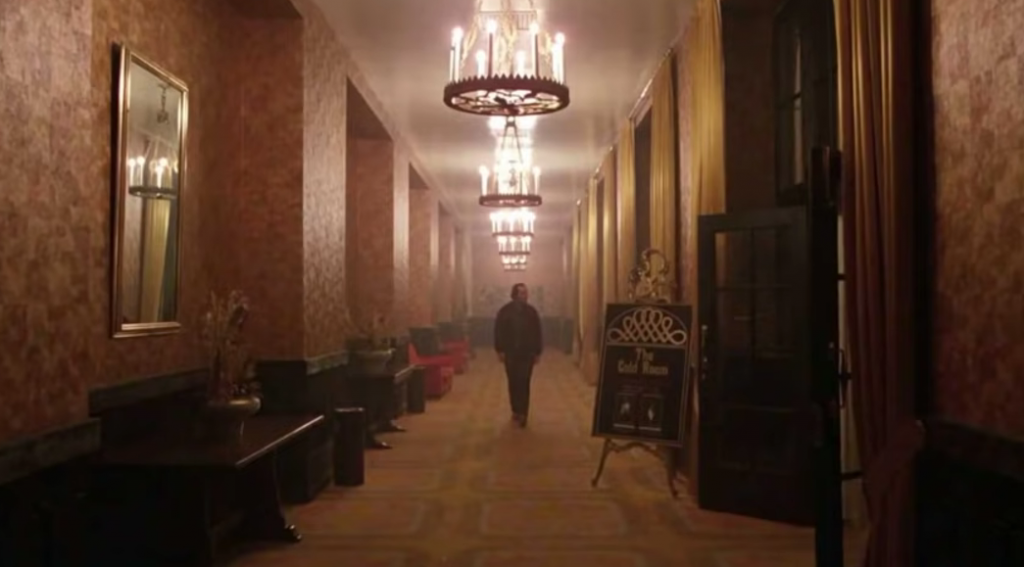
14. No CGI Effects
Notably, “The Shining” was created without the aid of CGI, relying instead on practical effects to achieve its iconic visuals. For example, the infamous blood pouring from the elevator was crafted using traditional filmmaking techniques, showcasing Kubrick’s commitment to authenticity.
The lack of digital effects adds a tangible quality to the horror, making scenes more impactful and visceral. This dedication to practical effects allows audiences to connect more deeply with the film’s unsettling imagery. It certainly contributes to its status as a classic in the horror genre. The craftsmanship behind these effects has influenced countless filmmakers since its release.
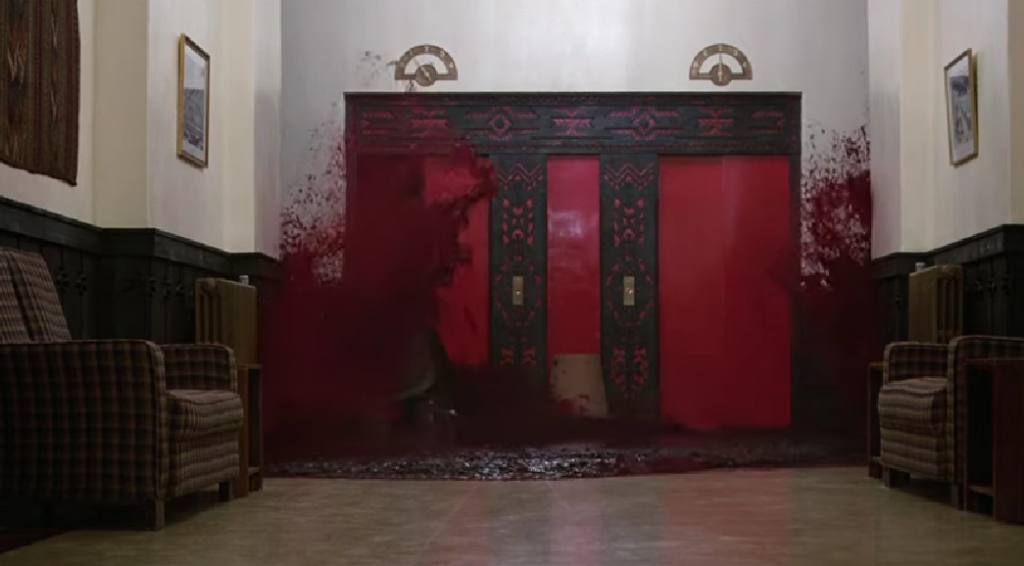
15. The Unseen End
Kubrick’s original ending for “The Shining” was drastically different from what ultimately appeared in the final cut.
While details about the original conclusion remain scarce, it was designed to offer a more straightforward resolution to the story. However, Kubrick opted for a more ambiguous and unsettling finale. As a result, it leaves audiences with lingering questions about Jack’s fate and the nature of the Overlook Hotel.
This choice enhances the film’s psychological depth and reinforces its themes of madness and isolation. The enigmatic ending has led to extensive analysis and discussion among fans and critics, solidifying its place in cinematic history.
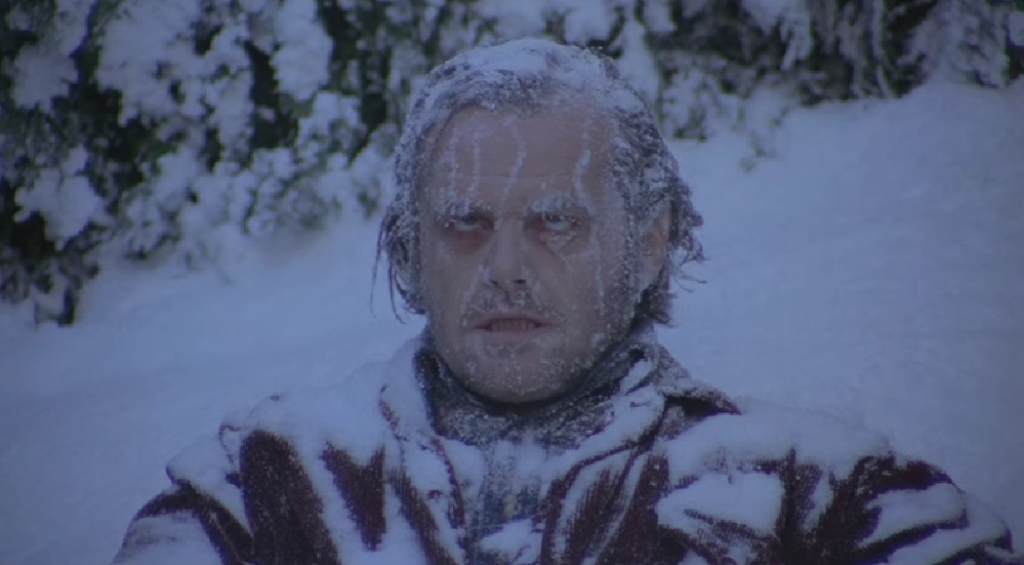
The famous movie remains a monumental achievement in the horror genre, filled with bizarre and intriguing facts that add layers to its already rich narrative. These “The Shining” facts offer a deeper appreciation for Kubrick’s masterful filmmaking and the chilling world of the Overlook Hotel.
You may also like: The Batman Effect: The Intriguing Psychology of the Alter Ego
